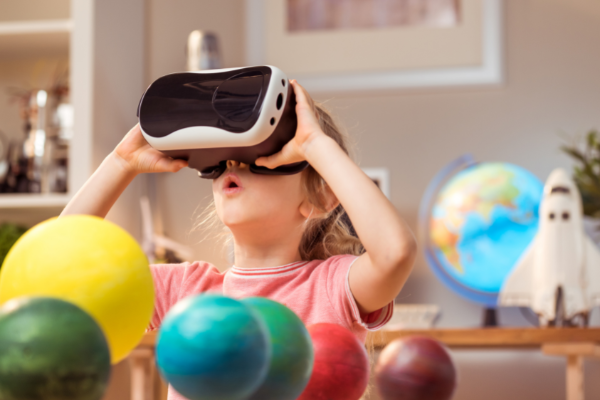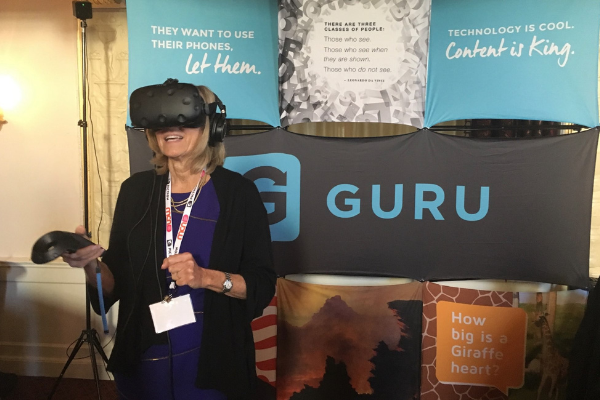Why should we care about VR for Museums?
Using Virtual Reality to engage visitors is not a new concept for Museums. Over the past few years, VR has become a useful access tool for many different groups including schools & students, tour groups, people with disabilities and everyday visitors while at home. Data shows us that experiencing something in VR creates a longer-lasting impact on the user than traditional means.
A 2016 study published by the University of Maryland showed the impacts of data recall when presented information in a virtual space, with 90.48% of facts were recalled when experienced in VR versus only 78.5% recalled from a desktop display. For museums, this means that virtual experiences can in many ways better fulfill their missions, given the high effectiveness of the medium for learning.
But what is the right kind of VR experience for your institution? That always depends on your goals, needs, and understanding of the various types. Below are the different types of virtual reality experiences, and how they might relate to your museum.
The 6 Types of Virtual Reality
- Non-immersive Virtual Reality: Exploring a virtual space through a computer. For example, 360 images or models of items from your collection or 3D mapping of a place lost to time.
- Semi-Immersive Virtual Reality: Exploring a virtual environment in which you can visually “move about” on your own either through a computer screen or a VR headset. In this type the user has no real physical movements other than their visual experience. An example is 4D movies or a simulator experience, relatively common in science institutions.
- Fully Immersive Virtual Reality: Exploring a realistic experience within a virtual world that feels like a user is there physically. This requires at least a VR headset and hand controls. This is what is typically imagined when people say “virtual reality”. This can be applied as gamified learning experiences, or to more fully immerse audiences when they cannot visit your institution physically.
- Collaborative VR: Exploring a virtual world where different people from various locations in the physical world can come into contact within a virtual environment and engage with each other.
- Augmented Reality: Exploring the physical world with an added layer of virtual elements or experiences. Rather than putting the user into a virtual world, a virtual experience is placed in the physical world and seen/accessed through any device, typically a mobile phone. This is common in many forms to brings art “to life” or interact with artifacts that cannot be touched or manipulated physically.
- Mixed Reality: Exploring the physical and virtual worlds in tandem, where the experiences and elements of each combine, coincide, and interact together. Although this is very similar to AR, the virtual components in MR can interact with the real world, resulting in a genuinely effective “VR” experience.


Sources for Museum VR Inspiration
A widely known non-immersive VR example includes Google Arts and Culture Expeditions which enables users to take virtual trips to various destinations. These types of VR Experiences can be used to help students better engage with the subject, such as Virtual field trips to historical locations or learning-by-doing for applied sciences. Many Museums have taken this type of experience one step further by creating fully-immersive VR experiences. These types of VR tour experiences have also had overwhelmingly positive impacts.
According to a 2018 study by Yeonhee Cho, AR positively impacts spatial presence, and increases learner’s enjoyment and active participation when educated with a full-immersion VR tool.
We highly recommend checking out some examples of type of VR for museums to get some inspiration for your own potential project. Check out this article from MuseumNext for a good place to start, or get in touch with us at the link below for a blue-sky brainstorm!


